File Explorer is a Windows 11 built-in file management application. The app lets you organize, view, and access folders and files on your computer. However, some users have complained that File Explorer keeps opening in the foreground.
You may encounter this problem because of some wrongly configured settings, which may also be a sign of malware on the computer. Also, it could be triggered by corrupt system files. We understand this may be frustrating, so we looked into the error, and in this guide, we recommend some practical fixes.
How to Stop File Explorer From Continuously Opening by Itself
1. Remove all Peripheral Devices
If you have peripheral devices attached to your computer when File Explorer starts opening on its own, removing them may fix it. These devices may be triggering autoplay, especially if autoplay is enabled in the Settings app. We recommend you start with this fix before trying other solutions.
2. Turn Off AutoPlay
Autoplay allows the File Explorer to open immediately after a peripheral device is connected to your computer. When enabled, it may make File Explorer open in the foreground.
Step 1: Press Windows + I to open the Settings app.
Step 2: Click System on the left pane, then on the right, select Notifications.
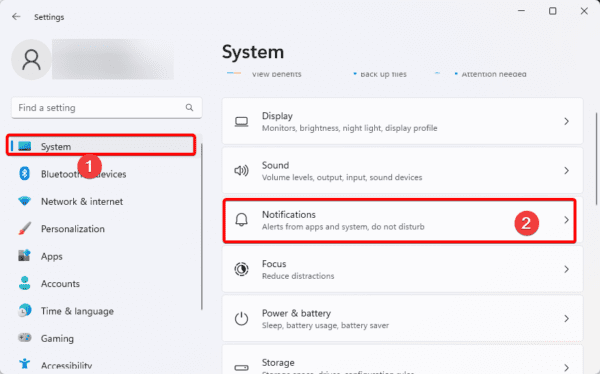
Step 3: Scroll down and toggle off AutoPlay.
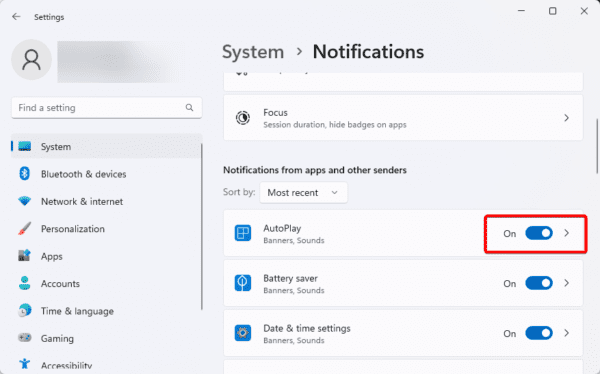
3. Restart Windows Explorer
When you restart Windows Explorer, you clear temporary files and corruption that may be causing the constant launching of File Explorer. You will need to end the Windows Explorer process with the Task Manager and then restart it.
Step 1: Press Ctrl + Shift + Esc to open the Task Manager.
Step 2: Search for the Windows Explorer process. Click it, then click the Restart Task button.
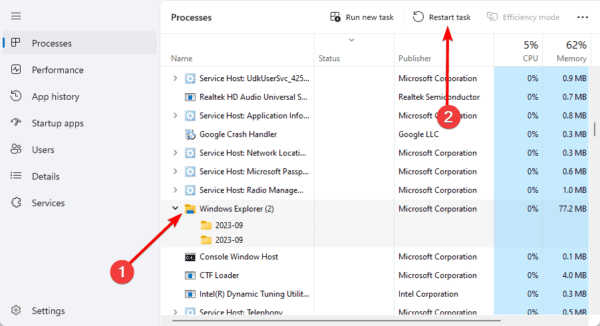
Note that you may have to pause the Windows process list since it keeps updating, making it difficult to spot the Windows Explorer process.
4. Repair Corrupted System Files
Corrupt system files are commonly why File Explorer keeps opening on your Windows devices. Windows comes with utilities like the System File Checker, which scans your computer for damaged system files and replaces or fixes them. You may run this check with the steps below.
Step 1: Press Windows + R to open the Run dialog.
Step 2: Type cmd and hit Ctrl + Shift + Enter to open an elevated Command prompt.
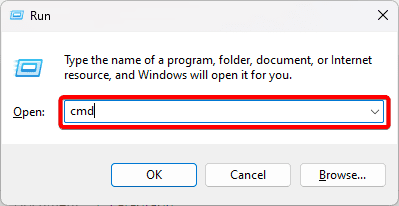
Step 3: Input the script below and hit Enter to begin the scan. Follow any onscreen instructions, then restart the computer when the scan completes.
sfc /scannow

5. Clear File Explorer History
If File Explorer is opening in the foreground you should consider clearing the File Explorer history. This fix is effective because it removes entries that may be triggering the continuous popups. Your file history contains a list of recently opened files and folders, and this information may be cached.
Step 1: Click the Taskbar’s magnifying lens, type explorer options, and click the File Explorer options app.
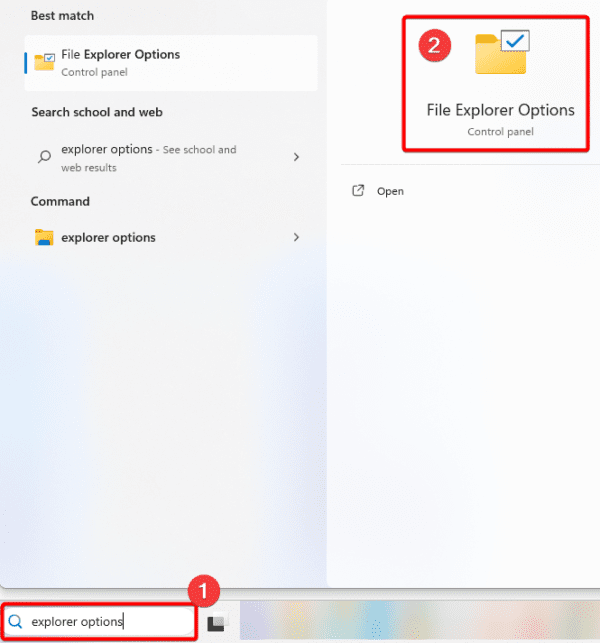
Step 2: Click the Clear button for Show File Explorer history.
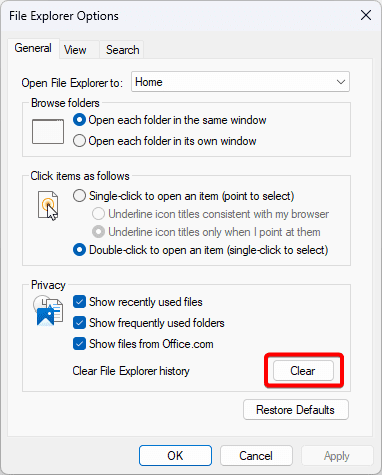
6. Run a Virus Scan
Malware can make the File Explorer to keep opening on its own on Windows 11. You should use a trusted antivirus to run a scan or use the built-in Windows Security, as shown in the steps below, would be best.
Step 1: Type security in Windows Search and select Windows Security.
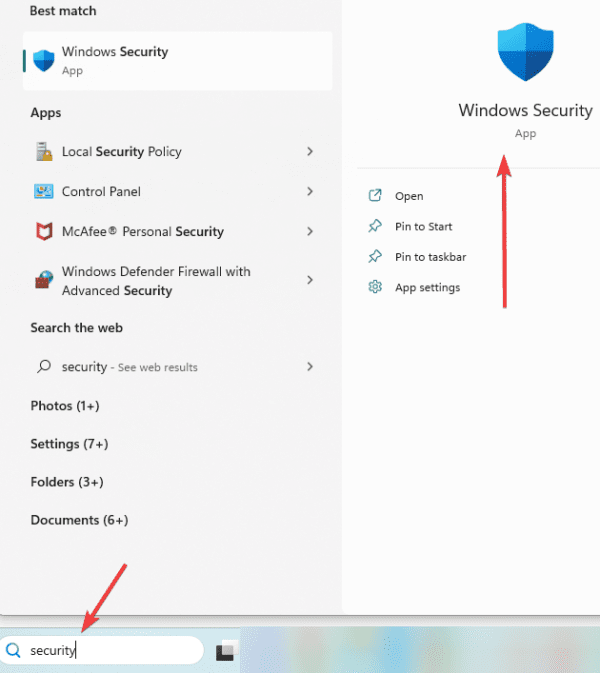
Step 2: Click the Virus & threat protection menu on the left pane and select Scan options.
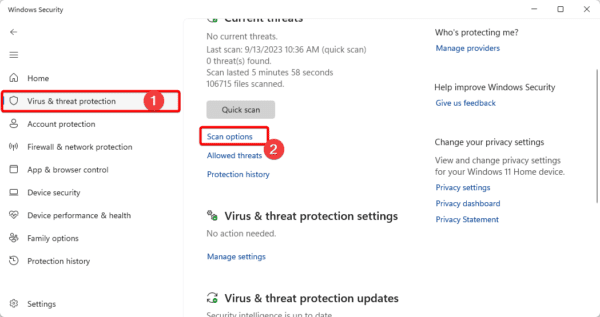
Step 3: Click Full scan, then click the Scan now button.
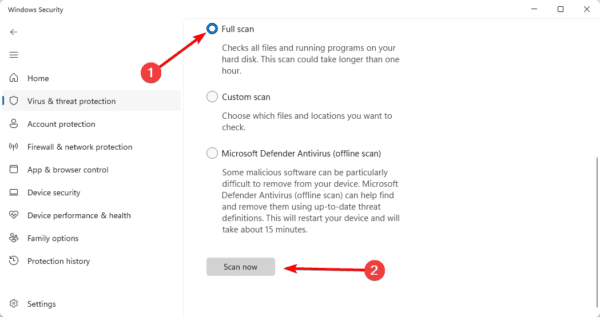
FAQ on File Explorer Keeps Opening
1. Why does File Explorer keep opening on startup Windows 10?
This may be the case if media notifications are enabled or if autoplay is enabled.
2. Can I set File Explorer to open in a specific folder?
Yes, you may set specific folders for File Explorer to open to on Windows computers.
Using the Computer Without Random File Explorer Popups
You should be able to use the computer without the random File Explorer popups if you follow the solutions in this guide. Note that faulty hardware may also trigger this problem, so you may check for faults with peripheral devices, like your mouse or keyboard. This is especially useful if they are wired connections.
Latsly, please let us know if you have found this article helpful. We love to hear from you in the comment section below.

